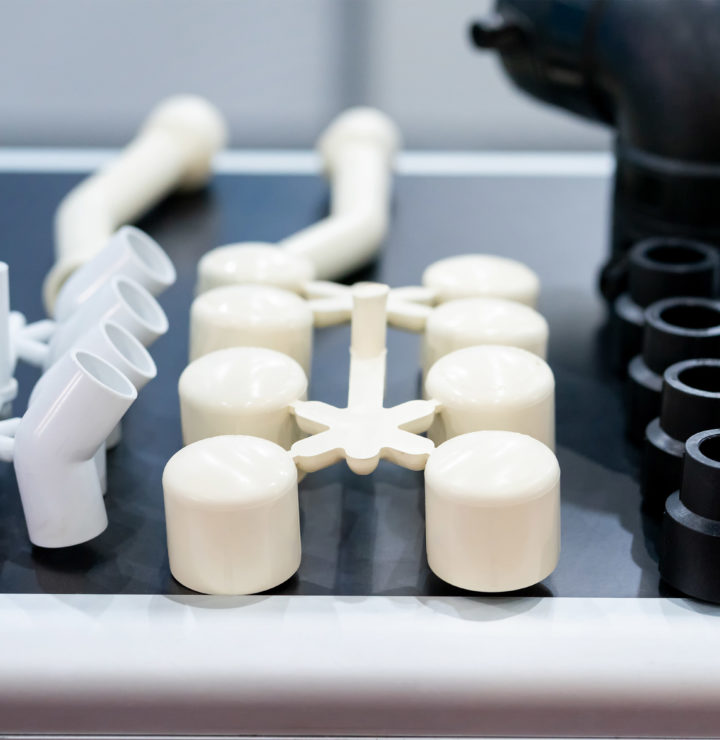Prototype
Prototype
A prototype in the realm of manufacturing refers to a tangible or digital representation of a product developed during the product development phase. It functions as a preliminary version of the final product, enabling designers, engineers, and other relevant parties to assess and confirm various elements prior to the commencement of mass production. The prototype stage is an essential component of the product development lifecycle, offering valuable insights into design, functionality, and manufacturing methodologies. Below are some important aspects regarding prototypes in manufacturing:
Objectives of Prototyping:
- Design Verification: Prototypes assist designers and engineers in evaluating the visual characteristics, shape, and operational capabilities of a product.
Performance Evaluation: Prototypes facilitate the assessment of a product’s performance and functionality, helping to uncover any design deficiencies or necessary enhancements.
User Insights: Prototypes can be utilized to collect feedback from end-users, ensuring that the final product aligns with their requirements and expectations.
Manufacturing Feasibility Analysis: Prototypes enable manufacturers to evaluate the practicality and effectiveness of the selected manufacturing techniques.

Categories of Prototypes:
- Proof-of-Concept Prototype: Illustrates the fundamental viability of a concept or idea.
- Functional Prototype: Represents a more advanced version, typically employed to test the product’s functionality.
- Visual Prototype: Concentrates on the product’s visual appeal and design.
- Production Prototype: Closely resembles the final product and is utilized to confirm the manufacturing processes.
Prototyping Materials:
- Rapid Prototyping Materials: Techniques such as 3D printing and other rapid prototyping methods utilize materials including plastics, resins, or metals to swiftly produce physical models.
- Traditional Materials: In certain instances, prototypes may be constructed from materials that closely resemble those intended for the final product, facilitating an accurate evaluation of performance.
Prototyping Techniques:
- 3D Printing: This rapid prototyping method involves the layer-by-layer assembly of materials to form a three-dimensional object.
- CNC Machining: Computer Numerical Control machining is employed to fabricate prototypes from a variety of materials.
- Hand-Crafted Prototypes: Occasionally, prototypes are created manually using traditional craftsmanship techniques.
Iterative Prototyping:
The prototyping process is frequently iterative. Insights gained from testing and evaluation inform the refinement of the design, leading to successive iterations of the prototype until the final design is realized.
Cost and Time Considerations:
Although prototyping may introduce additional time and expenses into the development process, it is regarded as a worthwhile investment that helps avert costly mistakes during mass production.
Virtual Prototyping:
Computer-aided design (CAD) and simulation tools facilitate virtual prototyping, allowing for the analysis and testing of a digital model prior to the creation of a physical prototype.
Bridge to Mass Production:
Upon successful validation of a prototype, it acts as a benchmark for mass production, directing the manufacturing processes and ensuring uniformity in the final product.
Prototyping plays a crucial role in the product development process, enabling refinement and optimization prior to large-scale production. It mitigates the risk of errors, enhances product quality, and increases the chances of a successful product launch.

In Vensphere we provide one stop solution to our customer requirements on product development.
Useful Links
Contact info
Copyright © 2019 Vensphere Technologies. All Rights Reserved